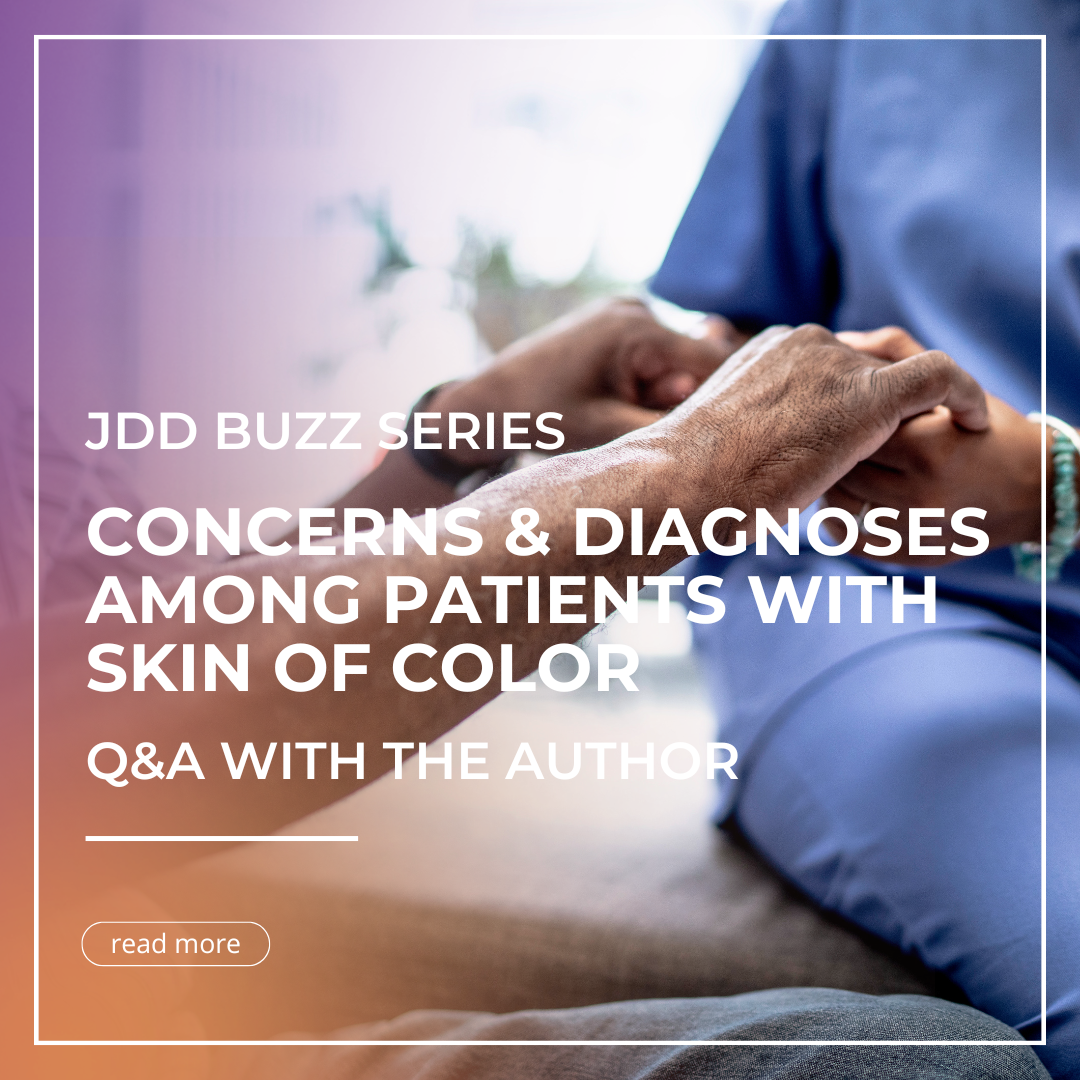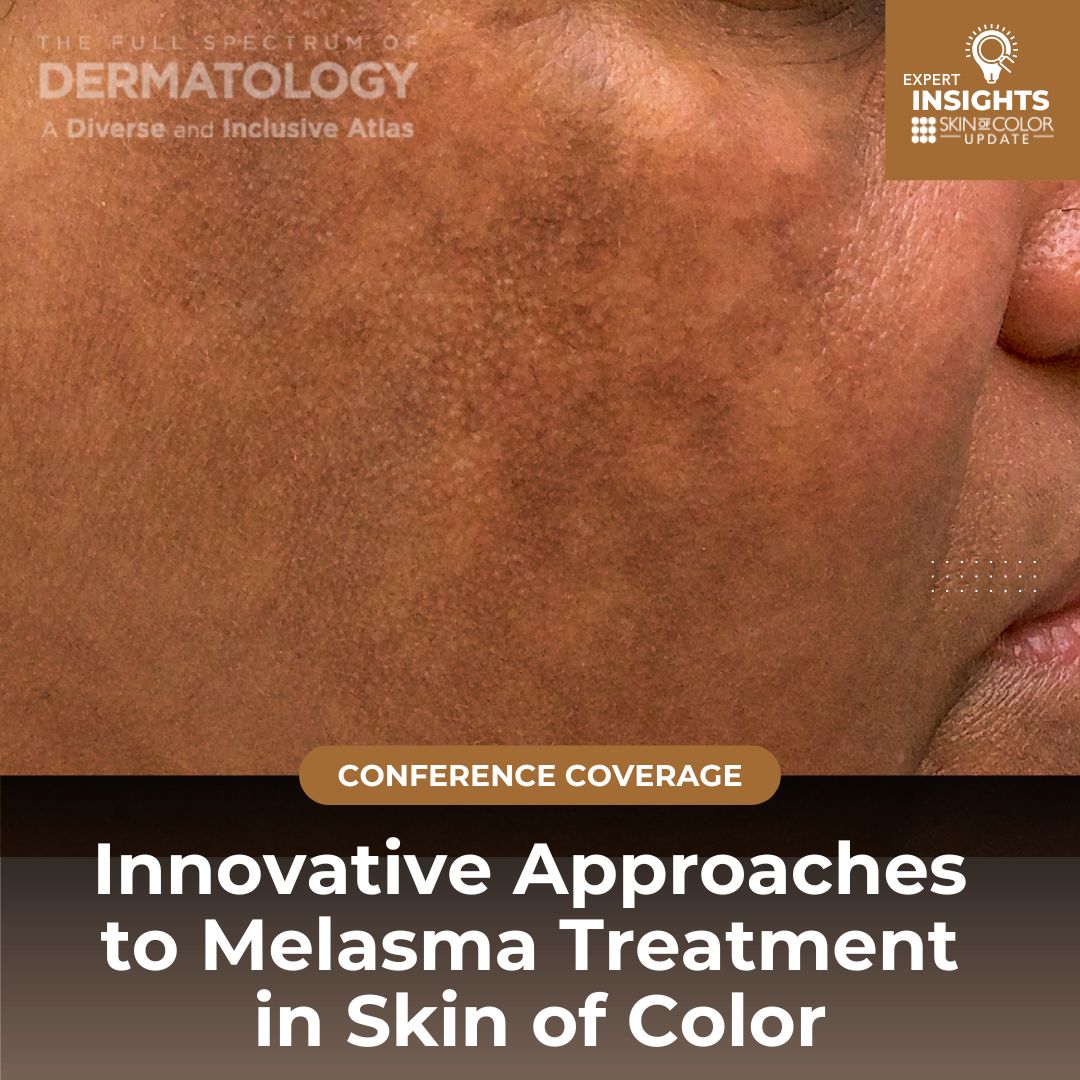Melasma and PIH – Disorders of Hyperpigmentation
 During his talk at the 2018 Skin of Color Seminar Series (now known as the Skin of Color Update), Dr. Seemal Desai discussed the treatment of melasma with a particular emphasis on new and emerging therapies. Dr. Bridget Kaufman, onsite correspondent for the meeting, shares highlights directly from the talk. *Clinical pearls* from this session are bolded, underlined, and marked with asterisks.
…
During his talk at the 2018 Skin of Color Seminar Series (now known as the Skin of Color Update), Dr. Seemal Desai discussed the treatment of melasma with a particular emphasis on new and emerging therapies. Dr. Bridget Kaufman, onsite correspondent for the meeting, shares highlights directly from the talk. *Clinical pearls* from this session are bolded, underlined, and marked with asterisks.
…
 During his talk at the 2018 Skin of Color Seminar Series (now known as the Skin of Color Update), Dr. Seemal Desai discussed the treatment of melasma with a particular emphasis on new and emerging therapies. Dr. Bridget Kaufman, onsite correspondent for the meeting, shares highlights directly from the talk. *Clinical pearls* from this session are bolded, underlined, and marked with asterisks.
…
During his talk at the 2018 Skin of Color Seminar Series (now known as the Skin of Color Update), Dr. Seemal Desai discussed the treatment of melasma with a particular emphasis on new and emerging therapies. Dr. Bridget Kaufman, onsite correspondent for the meeting, shares highlights directly from the talk. *Clinical pearls* from this session are bolded, underlined, and marked with asterisks.
… Continue reading "Melasma and PIH – Disorders of Hyperpigmentation"


 People with skin of color are projected to become the majority of the U.S. population by 2044. As the population diversifies, how can dermatology clinicians better understand the dermatologic concerns of people with darker skin tones? A study published in the April Journal of Drugs in Dermatology sheds light on the most common reasons why patients of color seek outpatient dermatologic care, and th …
People with skin of color are projected to become the majority of the U.S. population by 2044. As the population diversifies, how can dermatology clinicians better understand the dermatologic concerns of people with darker skin tones? A study published in the April Journal of Drugs in Dermatology sheds light on the most common reasons why patients of color seek outpatient dermatologic care, and th …  Dr. John Harris, professor and chair of the dermatology department at UMass Chan Medical School, shared current challenges and knowledge gaps in treating pigmentary disorders in an interview with Next Steps in Derm, in partnership with Pigmentary Disorders Exchange Symposium. Watch as Dr. Harris explains how these knowledge gaps impact the patient’s experience, including their expectations of vi …
Dr. John Harris, professor and chair of the dermatology department at UMass Chan Medical School, shared current challenges and knowledge gaps in treating pigmentary disorders in an interview with Next Steps in Derm, in partnership with Pigmentary Disorders Exchange Symposium. Watch as Dr. Harris explains how these knowledge gaps impact the patient’s experience, including their expectations of vi …  There’s more to aging skin than photodamage, explains Dr. Zoe D. Draelos, president of Dermatology Consulting Services. In an interview with Next Steps in Derm, in partnership with Pigmentary Disorders Exchange Symposium, Dr. Draelos explains the latest understanding in the pathogenesis and clinical features of aging skin, including photodamage. Learn how the exposome leads to signs of aging an …
There’s more to aging skin than photodamage, explains Dr. Zoe D. Draelos, president of Dermatology Consulting Services. In an interview with Next Steps in Derm, in partnership with Pigmentary Disorders Exchange Symposium, Dr. Draelos explains the latest understanding in the pathogenesis and clinical features of aging skin, including photodamage. Learn how the exposome leads to signs of aging an …  As dermatologists, we recognize that melasma is a persistent and often challenging condition that can deeply affect our patients' self-esteem, particularly in those with skin of color, who may face additional diagnostic and therapeutic complexities. Effectively managing this condition requires a nuanced approach, and we are fortunate to have experts like Dr. Seemal Desai, president of the AAD, fou …
As dermatologists, we recognize that melasma is a persistent and often challenging condition that can deeply affect our patients' self-esteem, particularly in those with skin of color, who may face additional diagnostic and therapeutic complexities. Effectively managing this condition requires a nuanced approach, and we are fortunate to have experts like Dr. Seemal Desai, president of the AAD, fou …